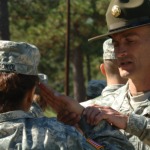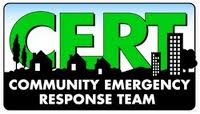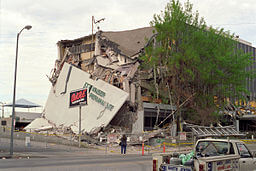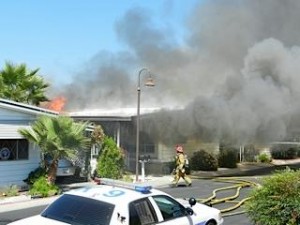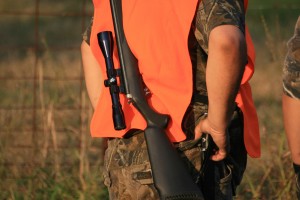CERT in Action!
CERT activates for a Missing Child

CERT Volunteers get their assignment. Photo thanks to OC Register and Lt. Bill Whalen of Irvine PD
Two weeks ago, at 9:30 at night, our phone began to ring. At the same time, my cell phone buzzed and a message came up on my computer screen: “This is not a test.”
Irvine police were calling on their volunteer support teams, including CERT, to respond to an emergency – a missing child. He had left home around 7 p.m., and disappeared into the night. The police department had already been searching on foot, with dogs and a helicopter, to no avail.
The police decided to activate their volunteers. According to the newspaper account, the Lieutenant in charge expected about 10 people to show up. They did, within 10 minutes. Within the next two hours, 130 people showed up!
The volunteers included members of both CERT, which is over 600 strong in Irvine, and IDEC, the Irvine Disaster Emergency Communications (amateur radio volunteers). Groups combed the area until 2:15 a.m. Police also used footage from local buses to try to capture information about the boy.
Ultimately, he emerged from a movie theatre in an adjoining town, and prevailed on a helpful citizen to take him home.
Take-aways from the event, according to the police:
- The iAlert system for this community works. (I can attest to that! Read more about the iAlert program here: Severe Weather Alerts)
- Regular trainings for CERT volunteers have kept the group engaged and willing to participate. (Irvine CERT holds regular, nearly monthly, trainings and community service activities.)
- Organizers were hard-pressed to manage the number of volunteers that showed up. It was unprecedented.
A CERT simulation for this exact scenario had been scheduled for later this month, but it was cancelled. The real thing was better than any simulation would have been.
As an aside, here in our local neighborhood, another six people have signed up to take the no-cost city-sponsored CERT training that starts in July. It consists of 8 evening sessions, in which people review basic first aid, search and rescue and disaster psychology. Graduates get the chance to handle tools, practice with a fire extinguisher, and come out with a kit bag full of emergency equipment including flashlight, hard hat, dust mask and gloves.
Action item: Interested in CERT training in YOUR community? Head to the FEMA website’s State Directory at: www.FEMA.gov/community-emergency-response-teams .

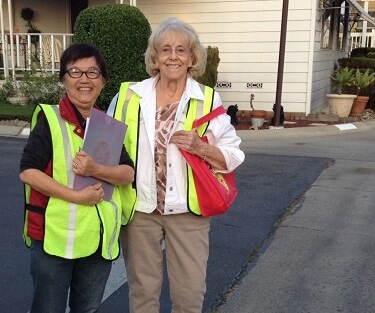
 But what about renters?
But what about renters? What does that sign mean?
What does that sign mean?





